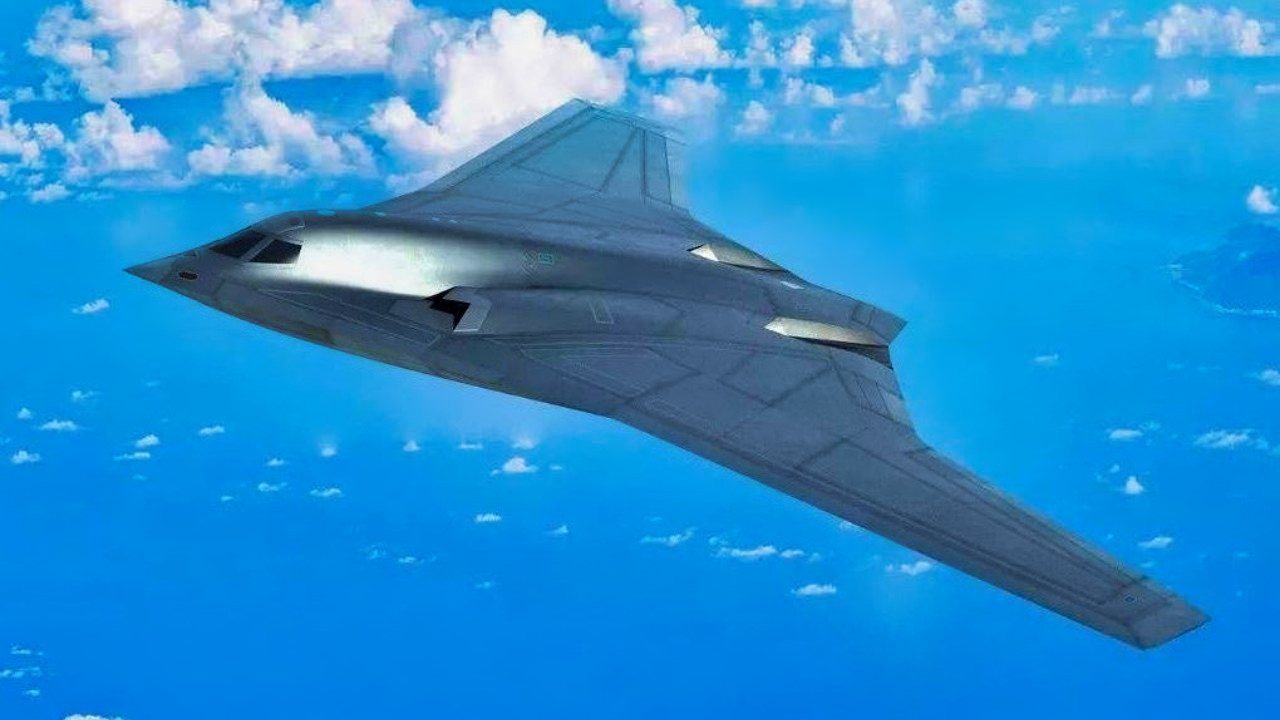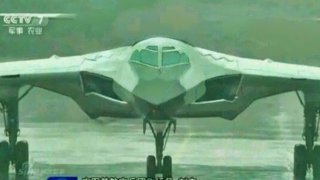China's H-20 is No B-21 Raider Stealth Bomber
The United States Air Force's Northrop Grumman B-21 Raider bomber will enter service by the end of the decade, while we really don't know much about China's Xi'an H-20 bomber.
Summary: The Northrop Grumman B-21 Raider is set to enter service by the end of this decade, showcasing advanced U.S. military capabilities.
-In contrast, China's secretive Xi'an H-20 bomber remains largely unknown, with sparse details and delayed announcements about its unveiling. Despite significant strides in military technology by China, the Pentagon maintains that the U.S. will retain superiority in terms of aircraft quality and operational expertise.
-The B-21, designed for cost-efficiency and high functionality with modern technology, aims to replace older bombers while maintaining a strategic edge in a rapidly evolving global threat landscape.
U.S. Air Force Advances with B-21 Raider as China's H-20 Remains Shrouded in Mystery
Here is what we know for an absolute certainty – the United States Air Force's Northrop Grumman B-21 Raider will enter service by the end of the decade, while we really don't know much about China's Xi'an H-20. Though Beijing has touted its capabilities, the Pentagon believes the U.S. aircraft will maintain an edge.
China's future stealth bomber has been in development since at least 2016, and though a Chinese military official said in March that it would be unveiled "soon," details remain sparse.
"The thing with the H-20 is when you actually look at the system design, it's probably nowhere near as good as U.S. [low observable] platforms, particularly more advanced ones that we have coming down. They've run into a lot of engineering design challenges, in terms of how do you actually make that system capability function in a similar way to a B-2 or B-21," a Department of Defense (DoD) intelligence official told reporters on the condition of anonymity, Defense One reported.
H-20: How Soon is Now?
China has been suggesting for years that the H-20 would be coming "soon," but to date, no details about the aircraft have been announced – including the number that Beijing plants to build.
Should the bomber ever arrive, it "doesn't necessarily mean it actually delivers them the kind of capability that they would need, or at the quantity that they would need," the official added.
B-21 Raider Progress Continues
The Northrop Grumman B-21 Raider made its maiden flight last November, and flight tests have continued, while at least six prototypes that will be used for further testing are now in various stages of production.
Those prototype aircraft are also being built on the same lines, using the same tools and processes that would build the eventual production aircraft. That approach has enabled production engineers and technicians to capture lessons learned and apply them directly to follow-on aircraft, driving home a focus on repeatability, producibility, and quality.
In addition to building the B-21 Raider with state-of-the-art technology and capabilities, Air Force officials have further emphasized the focus on containing costs while simultaneously allowing for maximum flexibility. The B-21 has been noted for being designed with an open systems architecture that would enable rapid future capability integration to keep pace with the highly contested threat environment.
The U.S. Air Force plans to build around 100 of the aircraft, which will replace the aging B-1B Lancer and B-2 Spirit bombers now in service, and operate alongside the Cold War-era B-52 Stratofortress until it eventually retires in the late 2040s or early 2050s.
China is Catching Up – But Slowly
Beijing has made great strides in developing modern military hardware, yet, the Pentagon has dismissed its attempts to produce anything that rivals the best America has to offer. That included the People's Liberation Army Air Force's (PLAAF's) Chengdu J-20 "Mighty Dragon," a twin-engine all-weather fifth-generation stealth fighter.
Moreover, even if the J-20 is as good as the Lockheed Martin F-22 Raptor – and that's a big if according to some experts – it might still come down to the pilots.
"The biggest…challenge for the Chinese side is actually not so much capability of actual systems, it's more capability of personnel to effectively employ those systems at speed and at scale. We, as a U.S. military, have a lot of experience fighting wars. And yes, you talk to any operator, and they'll tell you all the problems we have, but quite frankly, we're able to figure out how to execute kill chains. The Chinese don't really have anybody right now at all, in the PLA, who's actually been in a war," the DoD official added.
However, it would be wrong to count any potential adversary out, the official acknowledged.

"I don't want to rely on the Chinese not being good," the official stated. "Because we're not going to know they're not good until they're shooting at us, and I don't want to be in a position where I find out, Oh, they actually are that good."
The U.S. must, therefore, maintain its edge with better platforms and better personnel – and we shouldn't just assume the B-21 Raider is the best. We need to ensure that it is better than anything Beijing can produce.
Author Experience and Expertise: Peter Suciu
Peter Suciu is a Michigan-based writer. He has contributed to more than four dozen magazines, newspapers, and websites with over 3,200 published pieces over a twenty-year career in journalism. He regularly writes about military hardware, firearms history, cybersecurity, politics, and international affairs. Peter is also a Contributing Writer for Forbes and Clearance Jobs. You can follow him on Twitter: @PeterSuciu.
You can email the author: [email protected].
All images are Creative Commons.


